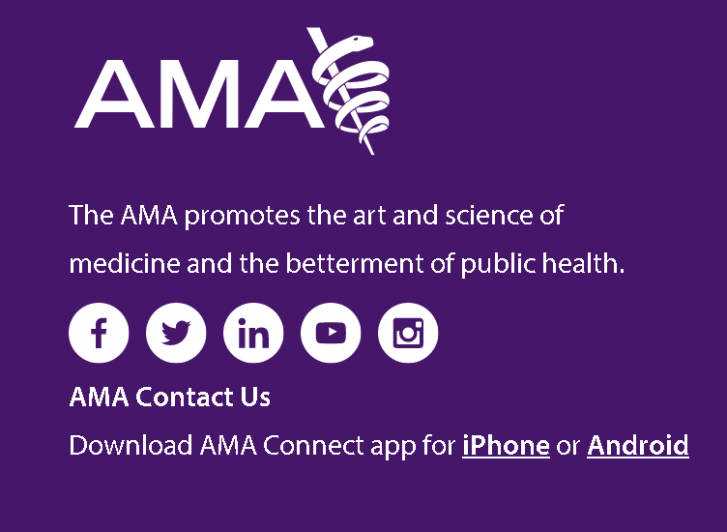There’s no question there have been long-standing inequities not just in health care, but in all facets of life. The COVID-19 pandemic, however, exacerbated those decades-old inequities, emphasizing the need to correct them. The past year and a half has been a unique time of learning and humility for many, but it doesn’t end there. Looking to the future, equity needs to be embedded in national preparedness, response and recovery.
“The pandemic has required all of us as doctors to quickly figure out how to transform—how to respond—so that we can continue practicing medicine, taking care of the health of the nation,” AMA President Gerald Harmon, MD, said during a virtual meeting of the COVID-19 Health Equity Task Force. “In other words, we have to get this fixed.”
Dr. Harmon shared some lessons learned, including the experiences and realities of medical students and physician trainees as well as doctors’ experiences and the impact of telehealth. He also highlighted the ways in which future pandemic preparedness, mitigation and resilience need to be addressed to ensure equitable responses and recovery in minoritized and marginalized communities. Here’s how.

Align clinical medicine, public health
One way to embed equity in future preparedness plans is to “strengthen the alignment and coordination of clinical medicine and public health,” said Dr. Harmon. That’s because “the best public health system is one that helps us every day when we don’t even know it’s there.
“We realize how much we need public health when we have disasters—hurricanes, tornadoes, earthquakes, pandemics,” he added, noting that “those of us who are front line medicine, we know that we need them every day and when they’re doing a great job in the background, they’re our everyday heroes.”
Address physician shortage
“The second recommendation addresses physician shortages,” said Dr. Harmon. “You’ll hear from my medical educators that we need to invest in the public health workforce, not only physicians, but all members of the health care team.”
There is also an ongoing need to mitigate physician burnout because “that’s a current issue that was pre-existing before the COVID pandemic and now it’s been exacerbated as we put all manners of stresses—emotional, physical and psychological—on our physician and health care workforce,” he said.
Discover why physicians are vital part of the nation’s infrastructure.
Educate and train about anti-racism
Additionally, it is imperative that doctors, medical students and other health professionals are educated and trained “on anti-racist, structural competency and public health,” Dr. Harmon said. “This is critical if we’re going to be more proactive in addressing health equity and health disparities sooner rather than later.”
“We’re going to start educating our physician workforce about the need to take specific steps to address racism and institutional racism,” he said.
Read about how three major policy moves cement AMA’s commitment to health equity.
Develop equity-centered data
Data collection is “critical to where we want to be,” said Dr. Harmon, adding that “we need to develop equity centered data infrastructure, systems and accountability.”
This is so “we have meaningful data scientists to make actionable decisions, to be able to identify targets for resource application, establish metrics and then hold accountable those who we establish those metrics for in research,” he explained.
Improve digital health infrastructure
“We need to invest and improve digital health infrastructure to ensure equity,” said Dr. Harmon. “I live in a small rural community [and] I practice in a rural community, and this new paradigm of digital health is effective only if patients can access it.”
“We need to find a resource and sustain it afterwards that will credibly improve health equity and outcomes for our marginalized communities,” he said.
Structure preparedness and response
It is also important to “center and formally structure the people and ideas of those most historically marginalized in preparedness and response systems and efforts and restore trust in public health,” said Dr. Harmon. “We need to incorporate these responses systems and efforts beyond just the pandemic of the day to the public health infrastructure of tomorrow.”
Learn how the AMA is fighting for greater health equity by identifying and eliminating inequities through advocacy, community leadership and education.
Article From: AMA
Author: Sara Berg

